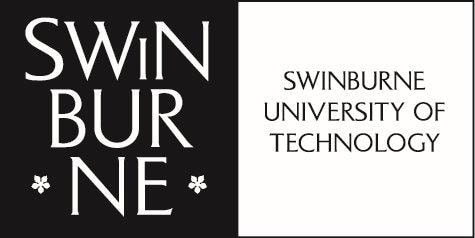|
The Laser Interferometer Gravitational-Wave Observatories (LIGO) are the world's largest gravitational wave observatories and a marvel of precision engineering. First predicted by Albert Einstein a century ago, gravitational waves are ripples in space-time. LIGO was responsible for the first direct detection of gravitational waves in 2015 and this led to the 2017 Nobel Prize in Physics being award to the three of the co-founders of the LIGO experiment.
The LIGO detectors consist of two interferometers spaced 3,000 kilometres apart in the US. Each L-shaped facility has two four-km arms positioned at right angles to the central building. Lasers traverse along each arm and bounce back from mirrors and, by exploiting the wave nature of light, these ripples in space-time can be detected. The sensitivity of these devices is such that scientists can measure a change in length as small as 1/10,000 the width of a proton, representing the incredibly small scale of the effects imparted by passing gravitational waves. Essentially, LIGO can be thought of as "ears" listening for gravitational waves, or even as a skin trying to "feel" the slightest of movements. Students from the ARC Centre of Excellence for Gravitational Waver Discovery (OzGrav) in Adelaide, have developed a “mini LIGO” dubbed AMIGO (Adelaide’s Mini Interferometer for Gravitational-wave Outreach) through the generous support in part by OzGrav and the University of Adelaide. They use AMIGO to demonstrate the properties of light and principals of precision measurement to students of all ages. Craig Ingram, a post-graduate student at the University of Adelaide said of the students “Many would normally run a mile if you tell them that you were going to talk to them about physics. Instead [with AMIGO] we end up with the students wide-eyed and engaged.” In the 12 months since the outreach program started in Adelaide, the researchers have delivered the program to thousands of students across the country. This includes a highly successful exhibition at the World Science Festival in Brisbane. During this two-day event, Ms Deeksha Beniwal and Ms Georgia Bolingbroke, two integral members of the AMIGO outreach team, interacted with over a thousand members of the general public. In January this year, Mr Ingram was invited to Google X headquarters in California, home to the developers of technologies such as Google Glass and WAYMO driverless cars, to use AMIGO as a tool to explain the fundamental properties of light. According to Mr. Ingram, it is only after understanding the fundamental nature of light that we can build on this to develop new technologies that Google X are investigating, such as quantum computing. The AMIGO interferometer consists of an eye-safe laser which is split and bounced through the use of strategically placed mirrors and laser beams. The desktop AMIGO is used to illustrate, along with the use of less technical props like ropes, to illustrate the wave nature of light and “in turn what gravitational waves are and how they are detected,” Ms Beniwal said. “It’s a really cool way to show how the fundamentals of physics can be used to teach us about how the universe works.” As featured on The Advertiser.
1 Comment
21/6/2019 17:14:50
Impressive post. Thank you so much for sharing this post with us. Great Job!
Reply
Leave a Reply. |
|
- Home
- About
-
Our People
- Chief Investigators
- Partner Investigators
- Associate Investigators
- Postdocs and Students >
- Professional & Outreach staff
- Governance Advisory Committee
- Scientific Advisory Committee
- Executive Committee
- Equity & Diversity Committee
- Early Career Researcher Committee
- Professional Development Committee
- Research Translation Committee
- OzGrav Alumni
- Research Themes
- Education and Outreach
- Events
- News/Media
- Contact Us
- Home
- About
-
Our People
- Chief Investigators
- Partner Investigators
- Associate Investigators
- Postdocs and Students >
- Professional & Outreach staff
- Governance Advisory Committee
- Scientific Advisory Committee
- Executive Committee
- Equity & Diversity Committee
- Early Career Researcher Committee
- Professional Development Committee
- Research Translation Committee
- OzGrav Alumni
- Research Themes
- Education and Outreach
- Events
- News/Media
- Contact Us

 RSS Feed
RSS Feed








